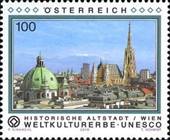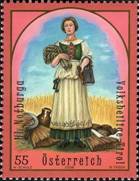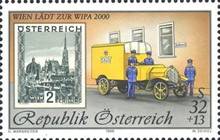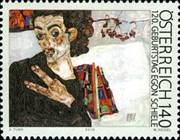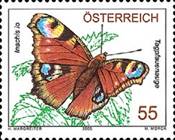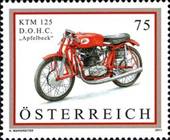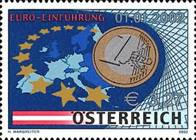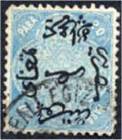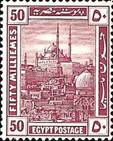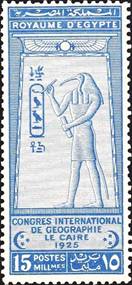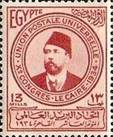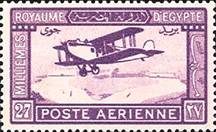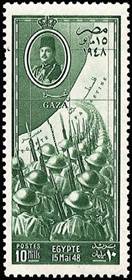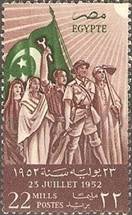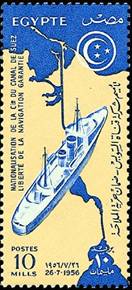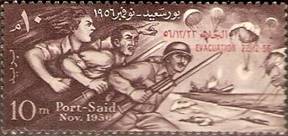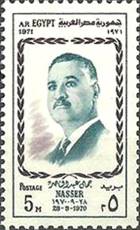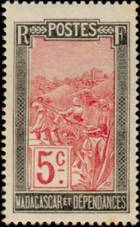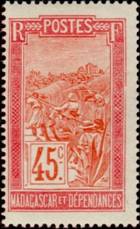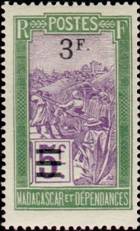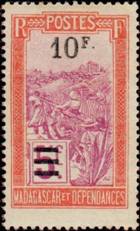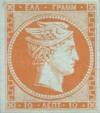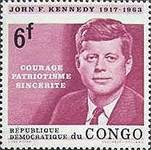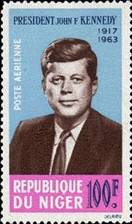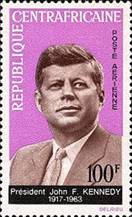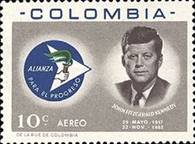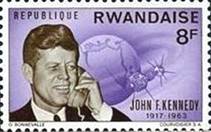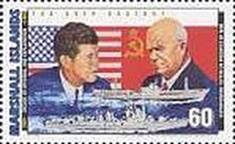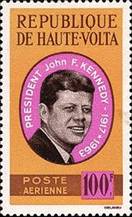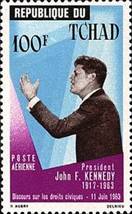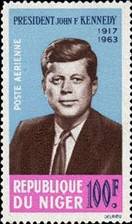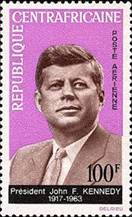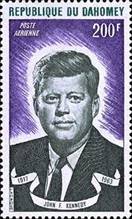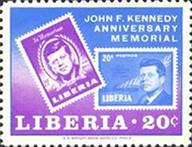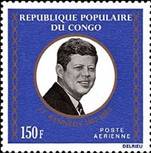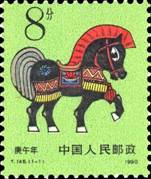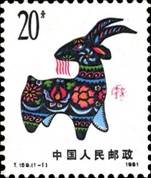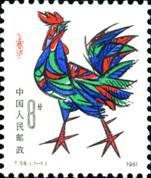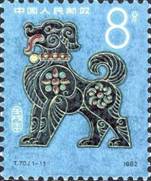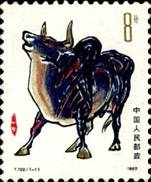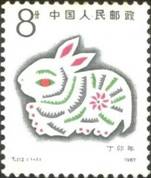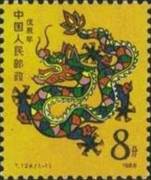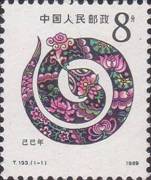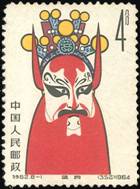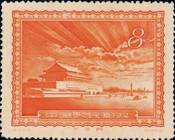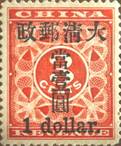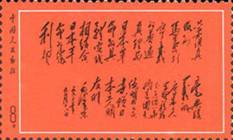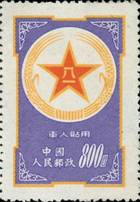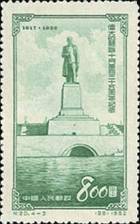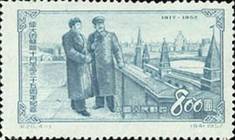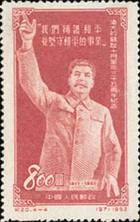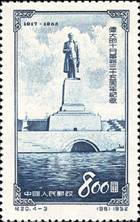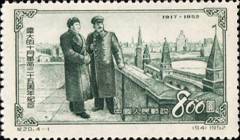New
Issues 2011
P=have O=don’t have it
A-H
In Alphabetic order
See:

Scott: #???O
Issued: 01.06.2011
20th Anniversary of the Regional Commonwealth of the field
of Communication
Inside #???: Pseudo Stamps
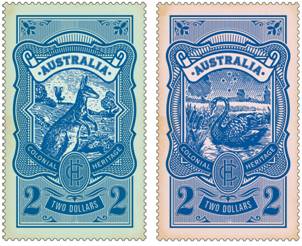
Scott: #????-?O
Issued: 28.7.2010
Colonial Heritage II
This stamp issue is
the second in a four-year series titled Colonial Heritage, developed to
commemorate
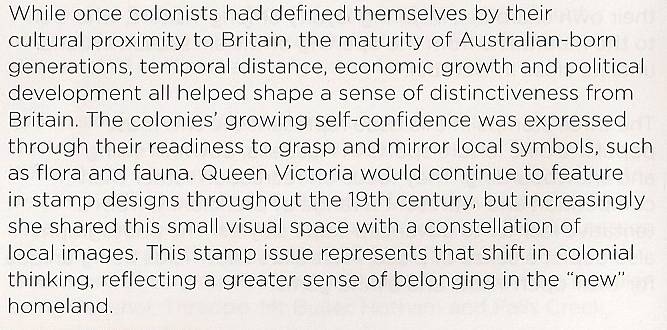
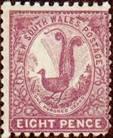 Inside #????:
Inside #????:
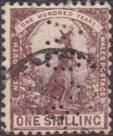 Inside #????:
Inside #????:
Kangaroo and Lyrebird
The kangaroo and the
lyrebird originally featured in stamps marking the 1888 centenary of New South
Wales, the first adhesive commemorative stamp issue to be released worldwide.
The kangaroo, flanked by the
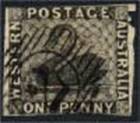 Inside #????:
Inside #????:
Black Swan and Southern Cross
The Black Swan has a
strong place in
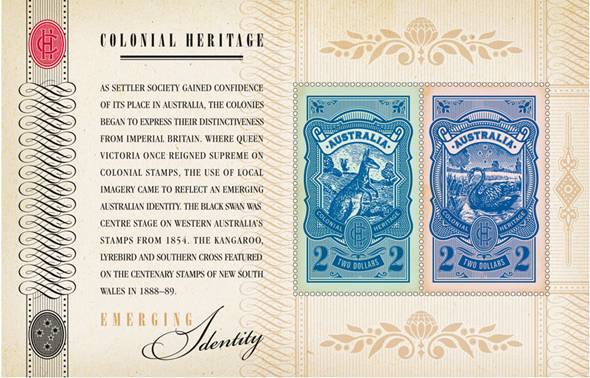
Scott: #????O

Scott: #B387O
Issued: 10.09.2011
90th Anniversary V.O.P.H. (Federation of Austrian
Philatelist Societies)

Inside # B387:
|
|
|
|
|
|
|
|
|
|
|
|
|
|
|
|
|
|
|
|
|
|
|
|
|
|
|
|
|
|
|
|
|
|
|
|
|
|
|
|
|
|
|
|
|
|
|
|
|
|
|
|
|
|
|
|
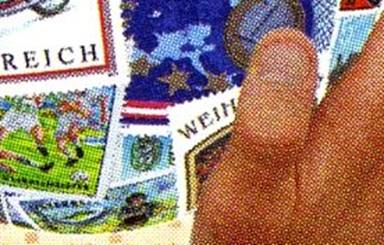
90 years of the Federation of
Austrian Philatelist Societies
This year organised philately in
It was on 9 March 1921 that
representatives of 16 stamp collectors' clubs came together in the
once famous Dreierl restaurant in Vienna's first district in order to
found the Federation of Austrian Philatelist Societies, the VÖPh. There is
no doubt that this was a farsighted decision, since despite all the ravages of
the 20th century, the Federation with its currently 300 member societies
continues to flourish unabated. The VÖPh continues to perform its
functions – the broad-ranging promotion of philately and the safeguarding of
collectors interests – in today's very changed conditions.
Incidentally, the fact that the anniversary is not celebrated on the precise
date of foundation but rather six months later has a certain tradition in the
history of the Federation. Previous anniversaries were also mostly celebrated a
few months later, on the occasion of the annual Federation conference. An
interesting example of this was the fifth Austrian Philatelists'
Conference, as it was known then, which was held on 11 September
On the question of the WIPA: during its varied 90-year history, the Federation
of Austrian Philatelist Societies has organised numerous large-scale
presentations and displays with considerable success, above all the famous
"Vienna International Stamp Exhibition", which has always attracted
international attention; the last event was held only a few years ago in 2008.
The Federation is managed by an executive board, the president of which has
been Mag. Anton Tettinek, and his deputy Ing. Alfred Kunz since the last
election conference.
The motif of the new commemorative shows a design by Hannes Margreiter, a
graphic interpretation of the global message of stamps as carefully guarded by
the Federation of Austrian Philatelist Societies.
Thanks to Lou Guadagno
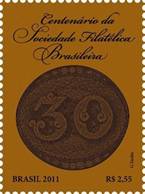
Scott: #3202O
Issued: 18.11.2011
Centenary Brazilian Philatelic Society
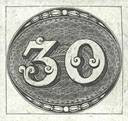 Inside #3202:
Brazil #1O
Inside #3202:
Brazil #1O
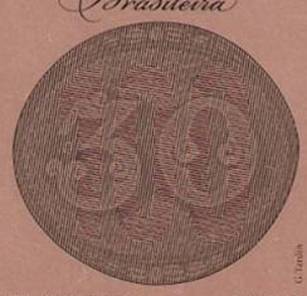
The Hologram
Thanks to Lou Guadagno and
Prof. Plinio Richelmi


Scott: #????-?O
Issued: 31.12.2011
Postal Communication

Inside #????: Stamps on Envelope (TBI?)
Thanks to Joao Tiago
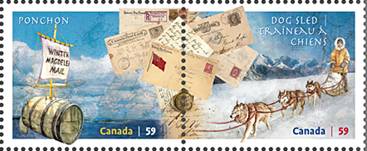
Scott: #2469aP
Issued: 13.5.2011
Methods of Mail Delivery
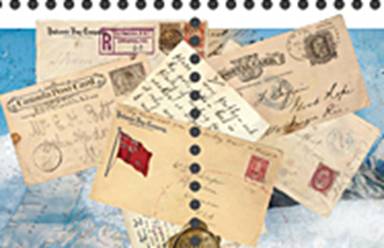
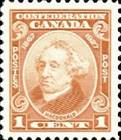 Inside #2468:
Inside #2468:
(on cover, dog sled mail stamp)
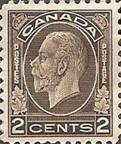 Inside #2468:
Inside #2468:
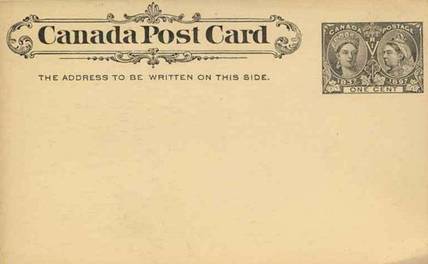
Inside #2468:
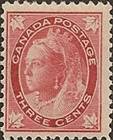 Inside #2469 (and in margin):
Inside #2469 (and in margin):
(on cover, dog sled mail stamp and top margin of sheet)
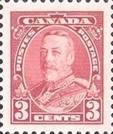 Inside #2469:
Inside #2469:
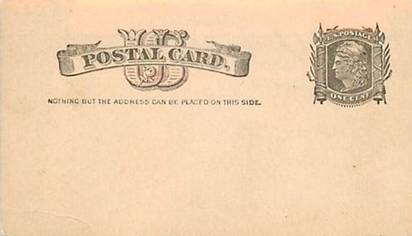
Inside #2469:
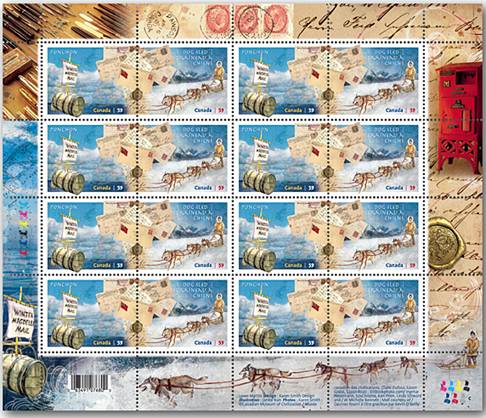
Scott: #????O
Inside #????: Other TBI
(Thanks to Mike Knopfler for
the scan)
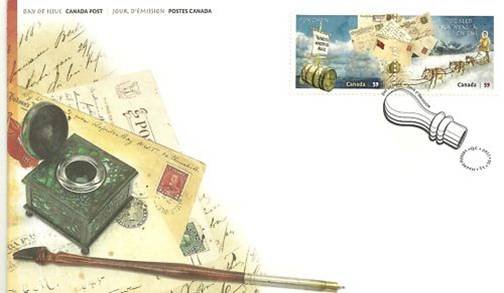
Given
Thanks to Lou Guadagno
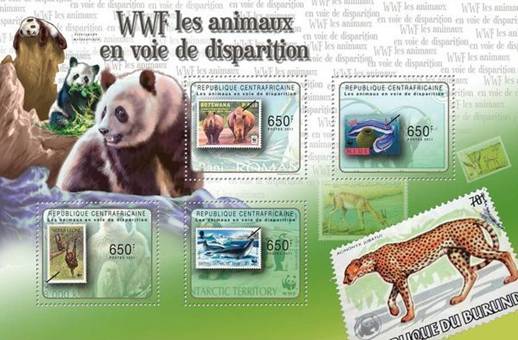
Scott: #????O
Issued: 20.12.2011
WWF Endangered Species
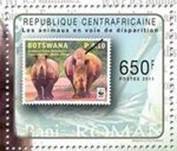
 Inside #????a:
Inside #????a:
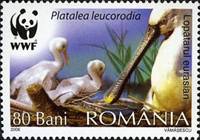 Inside #????a (In background):
Inside #????a (In background):
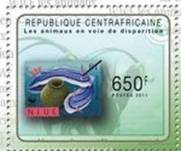
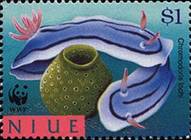 Inside #????b:
Inside #????b:
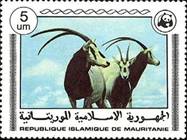 Inside #????b (in background):
Inside #????b (in background):
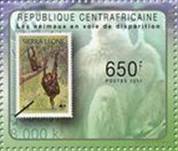
 Inside #????c:
Inside #????c:
 Inside #????c (in background):
Inside #????c (in background):
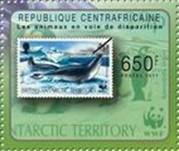
 Inside #????d: Br.
Antarctic Terr. #192
Inside #????d: Br.
Antarctic Terr. #192
 Inside #????d (in background): Br. Antarctic Terr. #195 (partly)
Inside #????d (in background): Br. Antarctic Terr. #195 (partly)
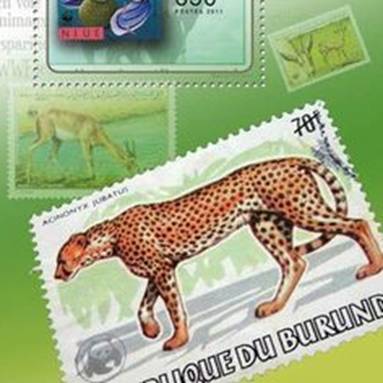
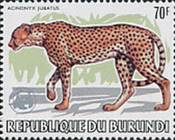 Inside #???? (in margin):
Inside #???? (in margin):
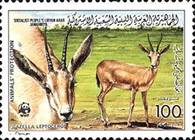 Inside #???? (in margin):
Inside #???? (in margin):
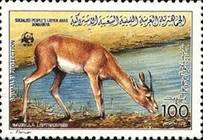 Inside #???? (in margin):
Inside #???? (in margin):
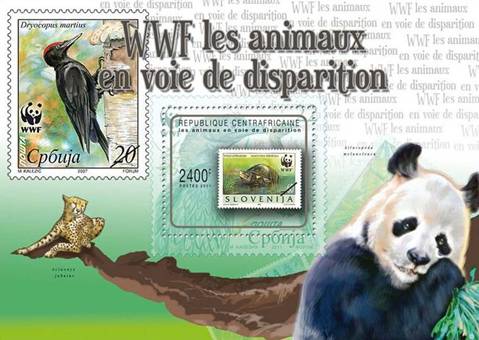
Scott: #????O
 Inside #????:
Inside #????:
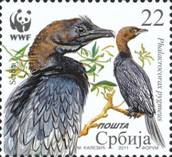 Inside #???? (in background):
Inside #???? (in background):
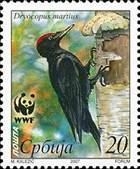 Inside #???? (in margin
- top left):
Inside #???? (in margin
- top left):

 Inside #???? (In margin - bottom center, behind tree):
Inside #???? (In margin - bottom center, behind tree):
(partial upper
right corner, lower left corner)
Inside #???? (In margin - behind panda head): TBI
Thanks to Plinio Richelmi
Thanks to Lou Guadagno for Ids and stamp scans
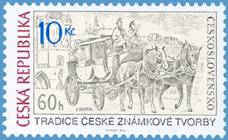
Scott: #????O
Issued: 20.1.2011
Traditions of Czech Stamp Production
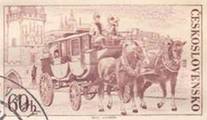
(Thanks to Lou for the scan)
Lou
wrote: I just bought the very elusive 1966 imprinted envelope from Czechoslovakia
with the indicium adapted for the 2011 Traditions issue. It is a flown first
day cover, so I'm sending a scan of the cropped indicium with a partial cancel.
This cover had interesting travels in its history: from
Czechoslovakia to the U.S., then somehow to a dealer in Pakistan, and now back
to me in the U.S.!
Inside #????: 60h “Mail coach on
issued for Union of
Czechoslovak Philatelists Exhibition,
The
2011 issue in the series Tradition of Czech Stamp Design is a single-colour
stamp, printed by the rotary recess method, which first appeared on the
"Mail Coach on
Josef
Herčík (March 22nd, 1922, Uherský Brod - July 9th, 1999,
Prague) was one of the leading Czech engravers in the post-World War II era,
mainly due to the large number of national and international awards he received
for his contribution to the art of engraving in stamp design. As the author of
more than 400 stamp engravings, Josef Herčík managed to overcome
even Jindra Schmidt and became the most prolific Czechoslovak engraver.
Josef
Herčík's started his art career in the almost forgotten craft of
gunstock engraving in the arm producing firm Zbrojovka Uherský Brod. He
moved to
Although
mainly recognized as a stamp engraver, he also authored a large spectrum of
other graphic works, such as drawings, book covers and illustrations,
bibliophilic works. His engravings for the 1958 edition of Arthur Rimbaud's
"Le bateau ivre", designed by painter František Tichý,
was the first work that made him publicly visible. His cooperation with graphic
designer Václav Sivko, which started at the same time, introduced him to
stamp engraving; Herčík's first stamp engravings followed Sivka's
designs used for the PRAGA 1962 exhibition, although his first "real"
stamp engravings featuring two insect motifs appeared later.
Herčík
worked mainly for the Czechoslovak stamp design, but several of his works
became also internationally renowned. He engraved an extensive series of
facsimiles of famous stamps, e.g. the Blue Mauritius, for the German philatelic
firm Hermann Sieger, as well as a few stamps for other postal administrations,
such as
Herčík
covered also other areas of graphic design, such as free or heraldic graphics.
As a heraldic designer he was even commissioned to design and engrave almost
all Czechoslovak issues including heraldry of Czech or Slovak towns.
Josef
Herčík and his wife Helena remained very active and enterprising in
the graphic arts industry even in old age. The printing firm "1.
česká grafická společnost", set up by them and
their son Josef Herčík Jr.'s family in the 1990s, soon attracted
major printing and graphic contracts from around the world.
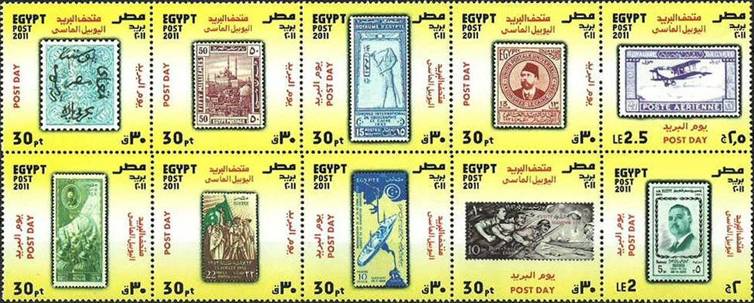
Scott: #2076O
Issued: ??.??.2011
Post Day
Inside #2076:
|
|
|
|
|
|
|
|
|
|
|
|
|
|
|
|
|
|
|
|
|
|
|
|
Thanks to Lou Guadagno
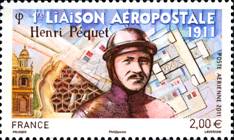
Scott: #C73O
Issued: 19.02.2011
First flight with Aeropostale
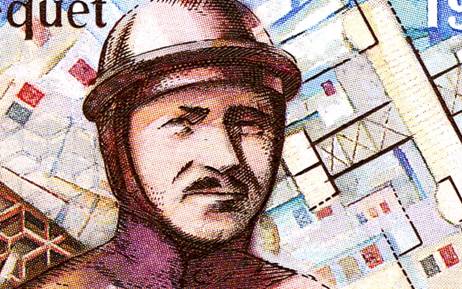
Inside #C73: Stamps on Envelopes
Thanks to Mike Knopfler
French Southern and
Antarctic Territories

Scott: #444O
Issued: 04.01.2011
Air Crash on Juan de Nova
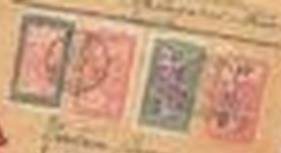
Front and back of December 7, 1929 crash covers
Inside #444:
|
|
|
|
|
|
|
|
|
|
Lou wrote:
Finally got a scan and could see the cover better. Previously, I had done some
research online, and found an auction with two other covers on the same flight,
both had 13.50 francs (3 stamps-- 10, 2, 1.50 fr) registered postage from
Madagascar to France, so I knew I had to find some combination of that to ID
the stamps (and was already sure of the 10 fr). Once I could see the
colors of the stamps better, and which had surcharges, I came up with the Sc #s
and then found the scans.
What do these
crash covers have to do with French Antarctica? The best I can figure is
that the mail was forwarded from there to
Thanks to Lou Guadagno
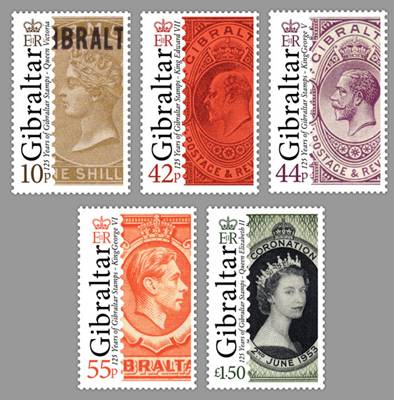
Scott: #????-??P
Issued: 15.04.2011
125th Anniversary of
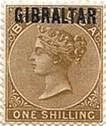 Inside #????: Gibraltar #7O
Inside #????: Gibraltar #7O
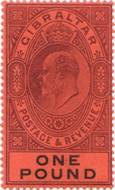 Inside #????:
Gibraltar #48O
Inside #????:
Gibraltar #48O
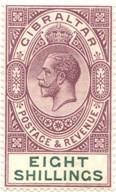 Inside #????:
Gibraltar #74O
Inside #????:
Gibraltar #74O
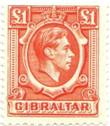 Inside #????:
Gibraltar #118O
Inside #????:
Gibraltar #118O
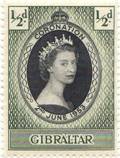 Inside #????:
Inside #????:
Thanks to Prof. Plinio Richelmi and to Lou
Guadagno
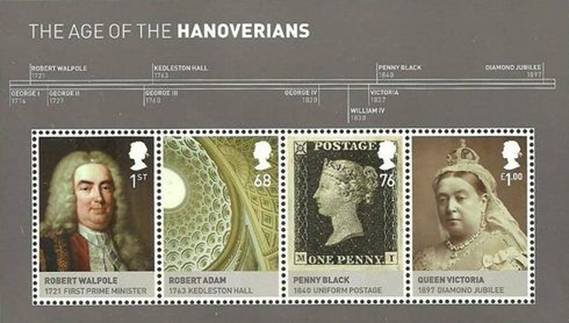
Scott: #????O
Issued: 15.09.2011
The Age of the Hanoverians
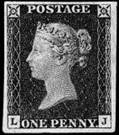 Inside #????c: G.B. #1
Inside #????c: G.B. #1
Thanks to Lloyd Gilbert, Mike
Knopfler, Martin Hirschbühl and Lou Guadagno
The fifth in
Royal Mail’s Kings and Queens series takes a look at the Hanoverian dynasty
that reigned over the British Isles from the death of Queen Anne in 1714 to the
death of Queen
The Hanoverians
ruled for nearly 200 years during a period of massive change. They came to
power in difficult circumstances that looked set to undermine the stability of
British society. George I was only 52nd in line to the throne, but the nearest
Protestant according to the Act of Settlement. From a decidedly shaky start the
Hanoverian period proved to be a remarkably stable one, not least because of
the longevity of its kings and queen. From 1714 through to 1901, there were
only six monarchs. It was also in this period that
The period was
also one of political stability, and the development of constitutional
monarchy.
It was during
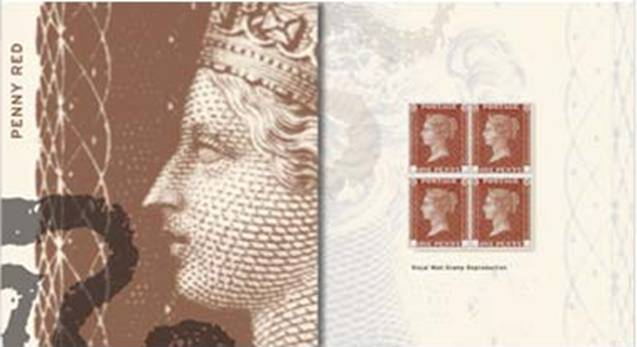
Issued: 15.09.2011
Penny Red Facsimilie Pack, 170th Anniversary of the Penny Red
The facsimile Penny Red stamps are printed
intaglio in a block of four and are presented in an informative brochure.
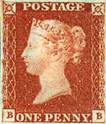 Inside #????: G.B. Penny Red
Inside #????: G.B. Penny Red
Thanks to Martin
Hirschbühl

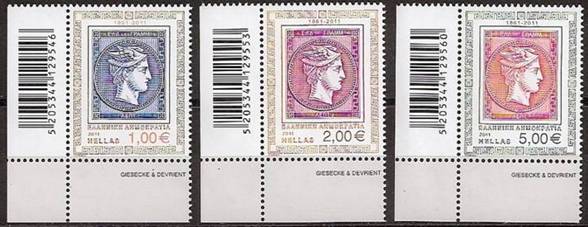
Scott: #????-?O
Issued: 01.10.2011
150th Anniversary, First Greece stamps
|
|
|
|
|
|
|
|
|
|
|
|
|
|
|
|
|
|
Inside #????-?:
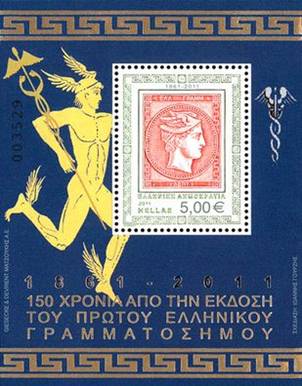
Scott: #????O
On October 1st, 1861
The printing plates
were shipped to
Among the most
valuable is the “Solferino” a distinct color variety of the 40 lepta Hermes
Head stamp. The stamp takes it’s name from the blood spilled on the sands at
the battle of Solferino. Only 14 examples are known to exist and one is about
to go to auction with an opening bid of 40,000 euro. Any takers?
An interesting
aside…the Hermes Heads were not the first postage stamps used in
Happy 150th Anniversary!
(http://hermeshead.wordpress.com/2011/09/30/)
Thanks to Lou Guadagno and Mike Knopfler
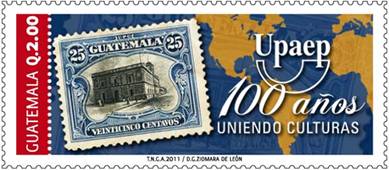
Scott: #???O
Issued: 23.03.2011
100th Anniversary, UPAEP
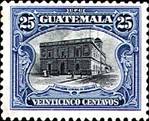 Inside #???:
Inside #???:
Thanks to Lou Guadagno
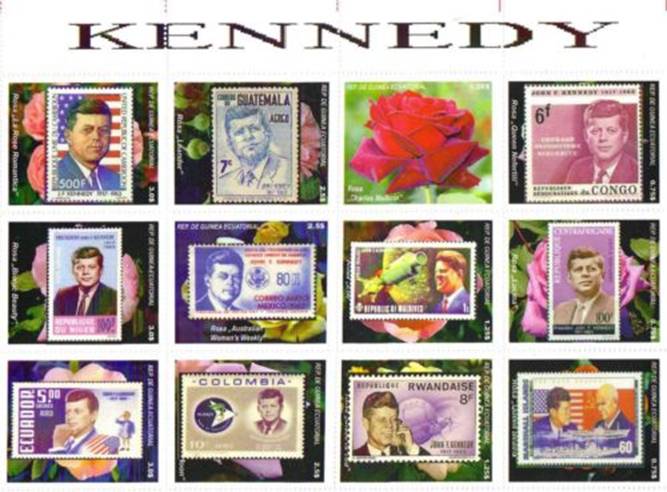
Scott: #????O
Issued: ??.??.2011 (?)
Cinderella?
|
|
|
|
|
|
|
|
|
|
|
|
|
|
|
|
|
|
|
|
|
|
|
|
|
|
|
|
|
|
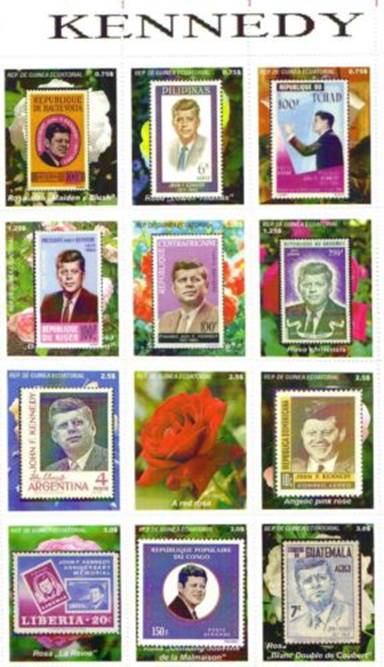
Scott: #????O
Issued: ??.??.2011 (?)
Cinderella?
|
|
|
|
|
Upper Volta #C18 |
|
|
|
|
|
|
|
|
|
|
|
|
|
|
|
|
|
Dominican Rep. #C137 |
|
|
|
|
|
|
|
|
Thanks to Lou Guadagno
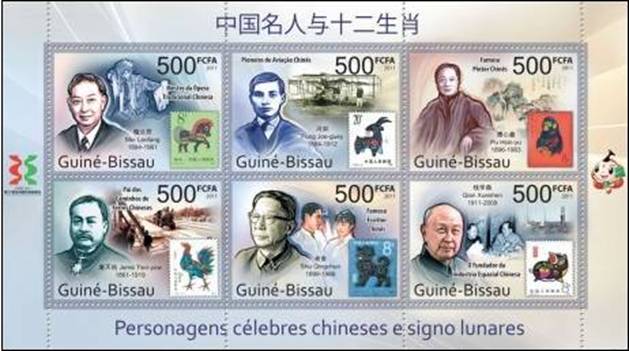
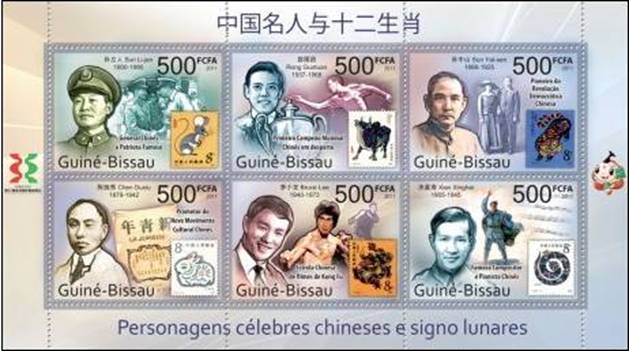
Scott: #????-?O
Issued: 28.07.2011
Chinese Celebrities
Inside #???:
|
|
|
|
|
|
|
|
|
|
|
|
|
|
|
|
Inside #???:
|
|
|
|
|
|
|
|
|
|
|
|
|
|
|
|
Thanks to Lou
Guadagno and to Prof. Plinio Richelmi
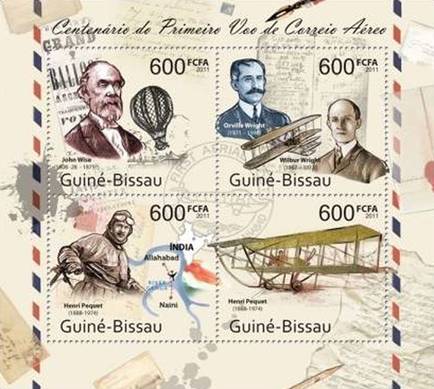
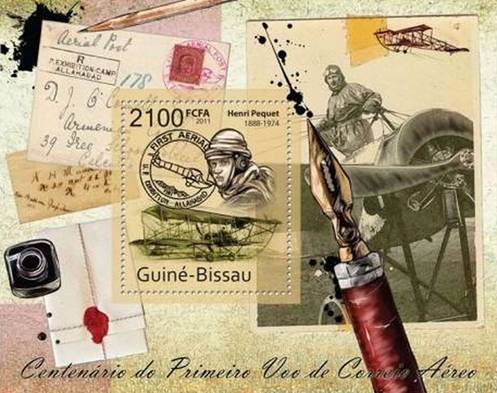
Scott: #????-?O
Issued: ??.??.2011
100th Anniversary, Air mail
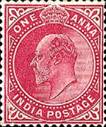 Inside #????:
Inside #????:
Thanks to Lou
Guadagno and to Prof. Plinio Richelmi
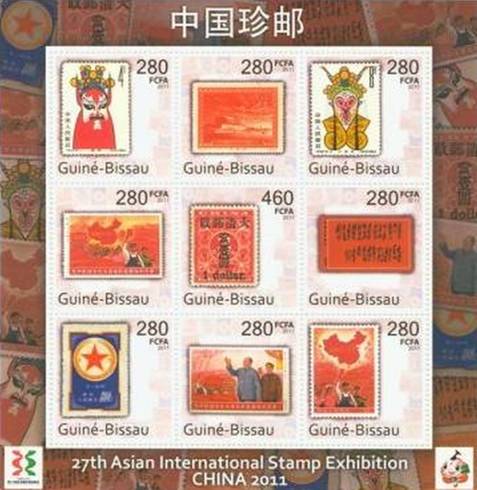
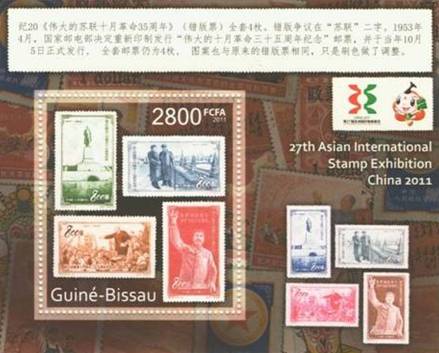
Scott: #????-?O
Issued: 27.09.2011
27th Asian International Stamps Exhibition –
China 2011
Inside #????:
|
|
|
|
|
unissued 1964 |
Unissued variety 1953 |
Unissued 1964 |
|
|
|
|
|
China (PR) unlisted (large “All China Is Red”) Withdrawn, issued in error 1968 |
|
Prepared, not issued 1968 |
|
|
|
|
|
|
|
China (PR) #999A (vertical “All China Is Red”) Withdrawn, issued in error 1968 |
In background of s/s: multiples of all 9
stamps
Inside #????:
|
|
|
|
|
|
|
|
|
|
|
|
Inside #???? (In Margin):
|
|
|
|
|
|
|
|
|
|
|
|
In s/s background are multiples of the stamps in
the 9v s/s (except the
Thanks to Lou Guadagno
for the IDs and scans and thanks to Prof. Plinio Richelmi
See:
![]()

